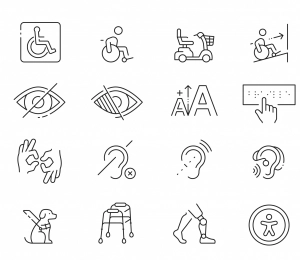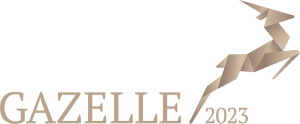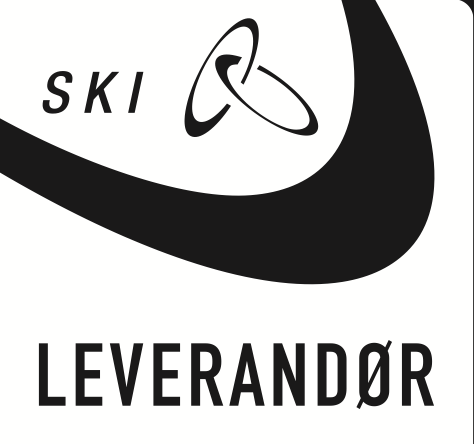Starting and keeping up accessibility in an organisation
Accessibility is a good business practice and soon required by law, as mentioned in a previous blog post. The same blog post also explains how to get started with accessibility as an individual, but how do you handle accessibility for an organisation? Let us show you what we at IMG Play have done for accessibility at KTH and how you can apply it to your own organisation!
Educate employees and involve stakeholders
Accessibility requires the cooperation and support of your employees and your stakeholders, so the first step is to inform and educate them. IMG Play has mainly been involved in educating employees, but involving stakeholders is too important to leave out of this blog post. Your stakeholders are probably mostly interested in the business case of accessibility for your organisation. To create one, consider as many areas as possible, for example that accessibility will do the following:
- Increase general usability: designing for accessibility often leads to unintended, but welcomed, improvements for all users, see the Curb cut effect (wikipedia.org).
- Reach a large, ignored user base: 15% of the world’s population are disabled, and the number is growing as we live longer (World Report on Disability (who.int).
- Minimise legal risk. As mentioned earlier, there are legal requirements for accessibility already and more specific laws will soon come into effect.
- Reduce the costs of late adaptation, both in time and money. If accessibility is an afterthought you’ll have to implement it around inaccessible features, which is not cost-effective.
- Information about why accessibility is important, including several recorded interviews with disabled students and employees at KTH.
- How to create accessible text documents and to write accessible text. Covers both the laws and general recommendations on how it should be done.
- How to handle visual communication, such as images, graphs and colour.
- The required steps to make video and audio accessible and how to do it efficiently.
Set goals
When establishing the accessibility goals for your organisation, it’s essential to specify what conformance levels you aim to meet of the Web Content Accessibility Guidelines (WCAG). These levels provide clear benchmarks for progress and ensure consistency across all departments. You should also specify any other standards your organisation will be using, for example for plain language.
However, accessibility is measured by how well your users can use your product, not by how well it conforms to WCAG. Alfred Korzybski famously said “the map is not the territory”, and here we will say that the checklist is not the experience of using your product. They are, of course, related and the WCAG checklist is very useful, but you need broader goals than just WCAG compliance. These accessibility goals are best formulated with the help of accessibility experts, so we can help you! Contact-us-länk
Create templates and standards
Simplify for those creating content, so the easiest path is to create accessible material. A tried and tested way to do this is to create accessible templates for the most common content, for each system. Have the templates be useful and the default choice. For example, we created an accessible template for KTH’s course platform, Canvas, and an “accessibility checklist”. We have also helped create a standard web layout for parts of KTH’s intranet.
Keep up to date
As with most things, you can never fully “complete” accessibility simply because the world is always changing. Your organisation need a process to, for example, keep up to date on new:
- legislation
- standards
- assistive technology.
With robust reviewing practices this should be easy to keep up to date. At KTH, we have customised their yearly review of their web pages to better fit with specific teams, and also created a way to handle internal feedback on the same web pages.
Ask for feedback from users
No matter how much you study and work with creating accessible products, you will always know less than those who have to use said products daily. Remember to involve people with relevant and different disabilities. Ask for their input and expertise, early and as often as required.
Contact us for more information and further help with acessability in your organisation.





